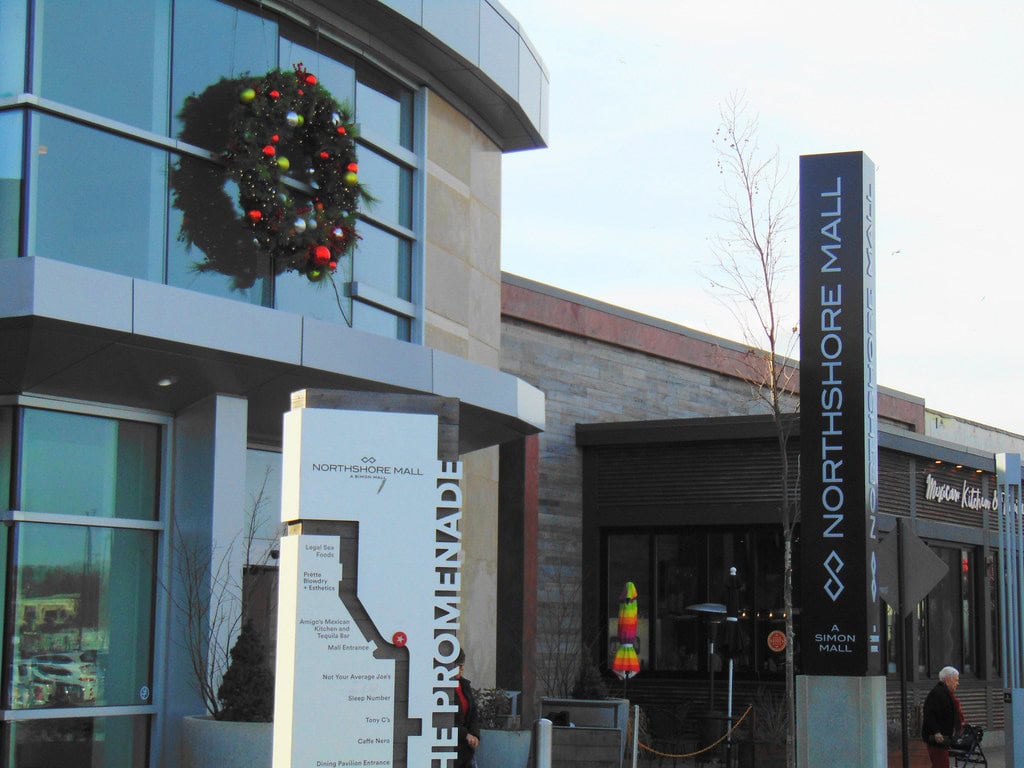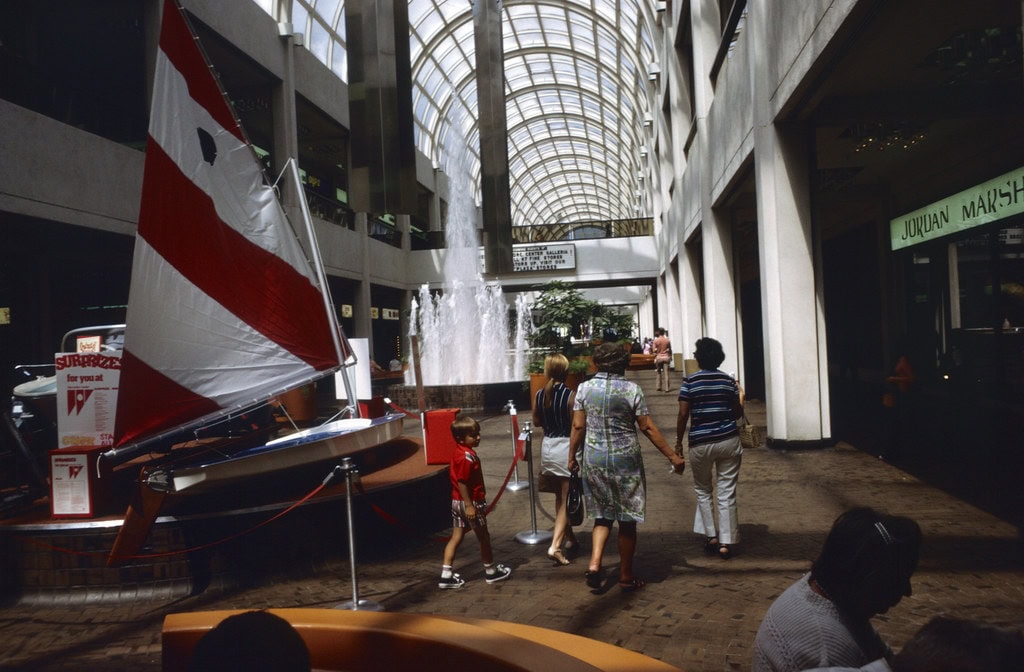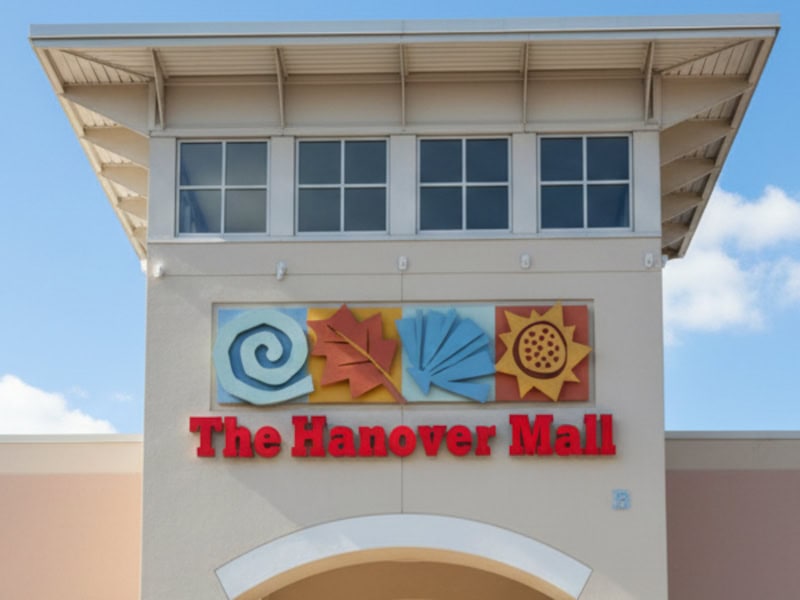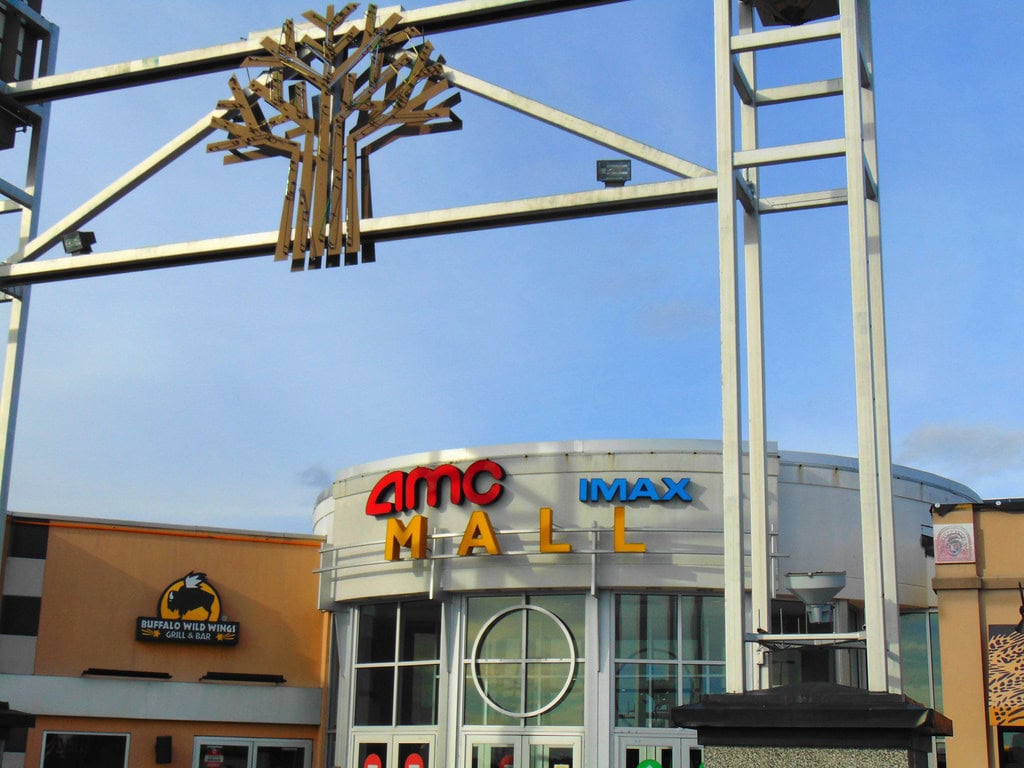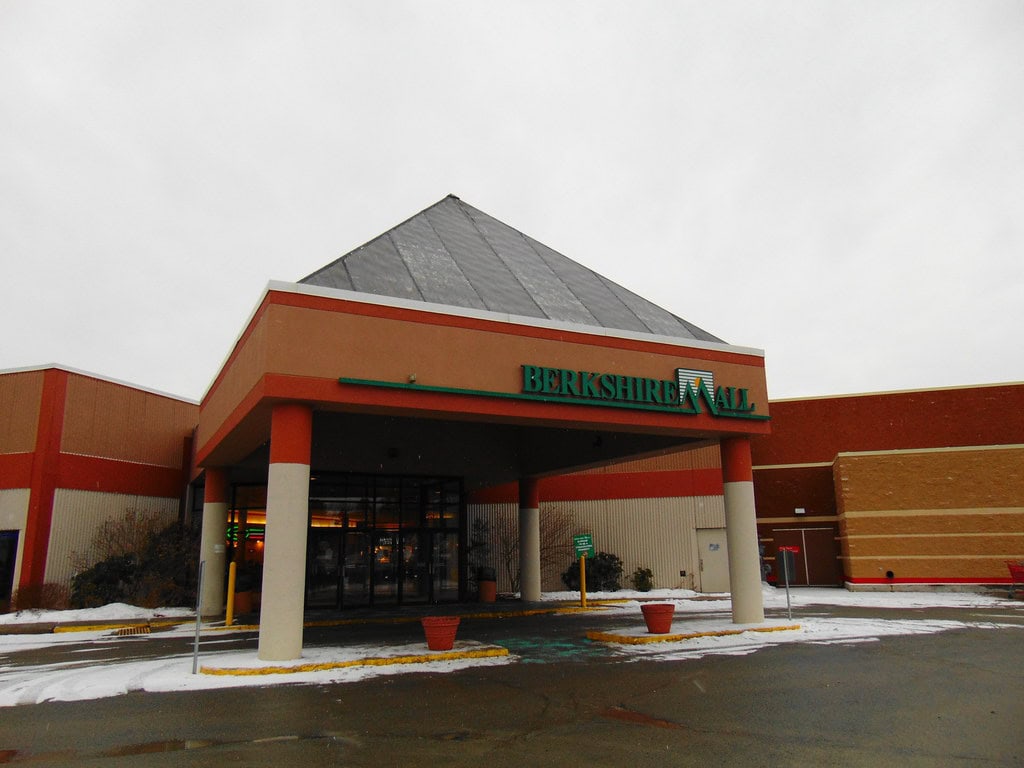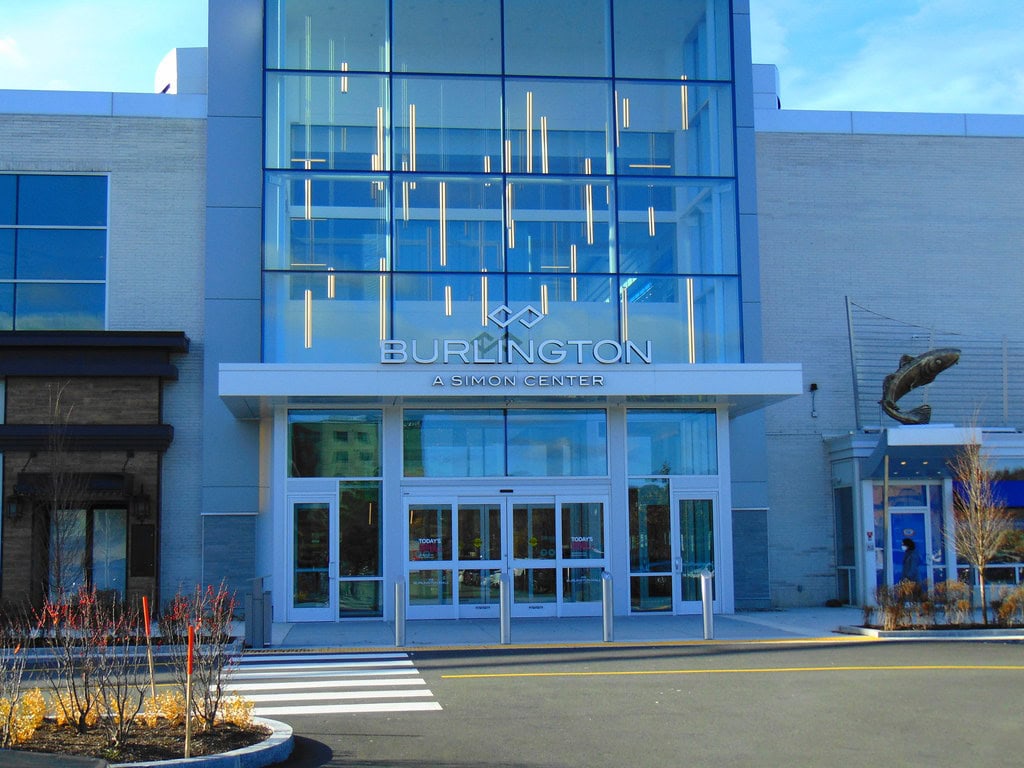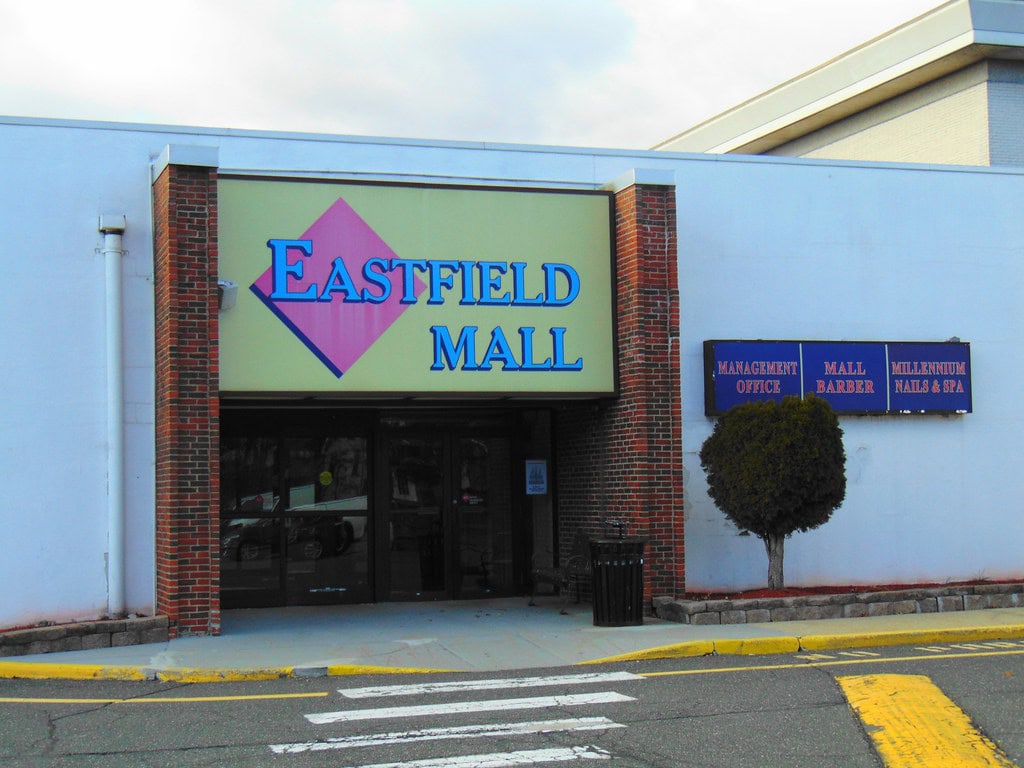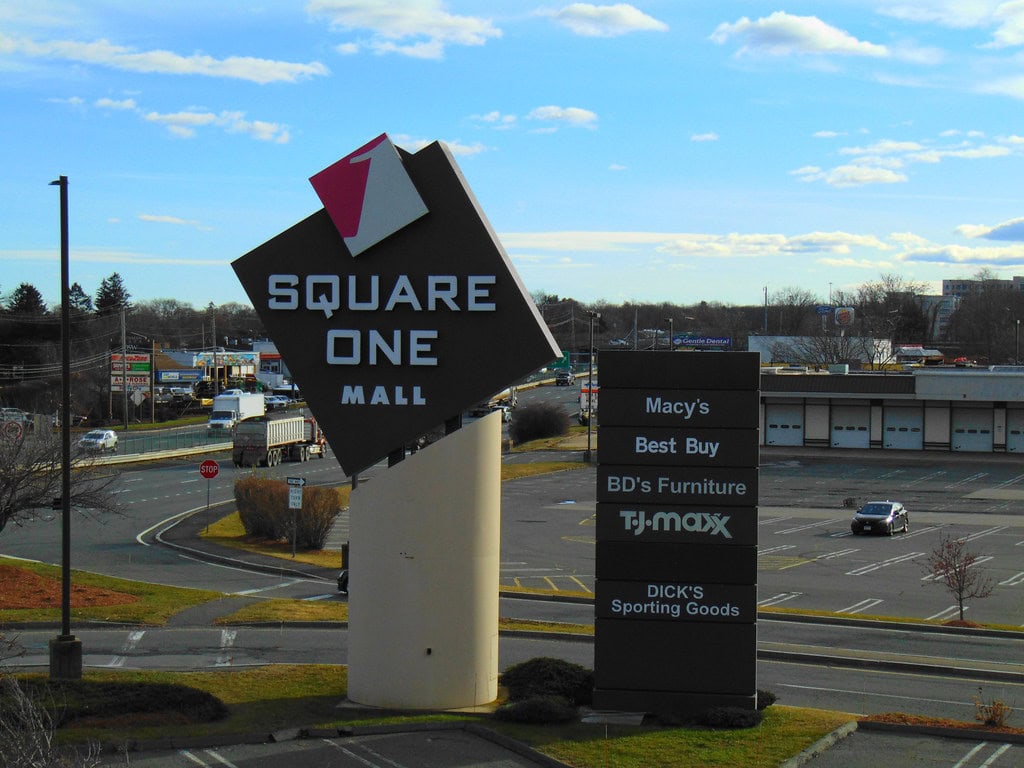What Happened to the Silver City Galleria?
For over two decades, the Silver City Galleria in East Taunton pulled steady traffic off Routes 24 and 140.
Shoppers from Brockton, Fall River, and New Bedford knew the drive, the turnoff, and the sea of parking.
But the mall didn't rise from local demand. It was pitched to intercept cars, no walk-ins. Built in a cleared patch of woods, it offered space, scale, and timing.
What came next wasn't accidental; it was engineered. And in hindsight, those early choices shaped everything that followed.
Anchoring a Market (1989-1992)
The Silver City Galleria began as a calculated response to regional expansion.
In 1989, Pyramid Management Group greenlit the site, just months after opening Emerald Square Mall in North Attleboro.
They moved quickly. The location near East Taunton had no foot traffic, no built-in customer base, and no immediate neighborhood to speak of.
What it had were highways, Route 24, Route 140, and I-495, close enough to pull in volume from multiple directions.
ADD handled the architecture. Construction started in July 1990 and finished in February 1992.
The project was never small. At over one million square feet on two levels, it was sized to dominate the region.
Developers aimed for scale and density, fitting in eight anchor tenants, a 10-screen cinema, and full food service zones.
A nod to Taunton's industrial past came in the silver accents and the mall's name. Doors opened on March 1, 1992.
Anchor stores included Macy's, JCPenney, Sears, Lechmere, Dick's Sporting Goods, Best Buy, Steve & Barry's, and Regal Cinemas.
Plans for a Jordan Marsh collapsed after Macy's acquired the chain, leaving a closed hallway where the storefront had been.
Even before the first Easter sale, retail assumptions had already shifted.
Retail Density and Slow Shifts (1992-2002)
The Silver City Galleria opened into a retail boom that hadn't yet peaked.
By the mid-1990s, it was packed in 120 stores, 8 anchors, 33 service counters, a 10-screen Regal Cinemas, and a full slate of sit-down restaurants and quick eats.
The play area sat near the center court. Foot traffic moved in long figure-eights across both floors.
Parking lots stayed full most weekends.
Lechmere's closure in 1997 was the first crack. Bradlees shut its doors in 2001.
Even then, the mall didn't feel hollow, just thinner around the edges.
National chains still competed for visibility. Management ran promotions and upgraded seasonal displays.
But newer malls had started shifting toward lifestyle centers and open-air layouts.
Silver City Galleria kept its original footprint, which soon began to work against it.
The space wasn't adaptable. It was anchored to a design made for a different era, deep interiors, big box stores, and no real outparcel strategy.
By 1999, retail energy had begun to stretch in different directions toward strip developments with easier in-and-out access.
Inside the Galleria, some leases turned short-term.
Storefronts cycled through shoe outlets, tech kiosks, and discount apparel.
In that same year, Richard Simmons used the center court as a set for his "Farewell to Fat" infomercial.
The optics made sense: a busy mall, a visible brand, a neutral backdrop.
It was also one of the last moments when Silver City Galleria felt like a regional draw on purpose.
After that, the numbers kept sliding, even if the square footage didn't.
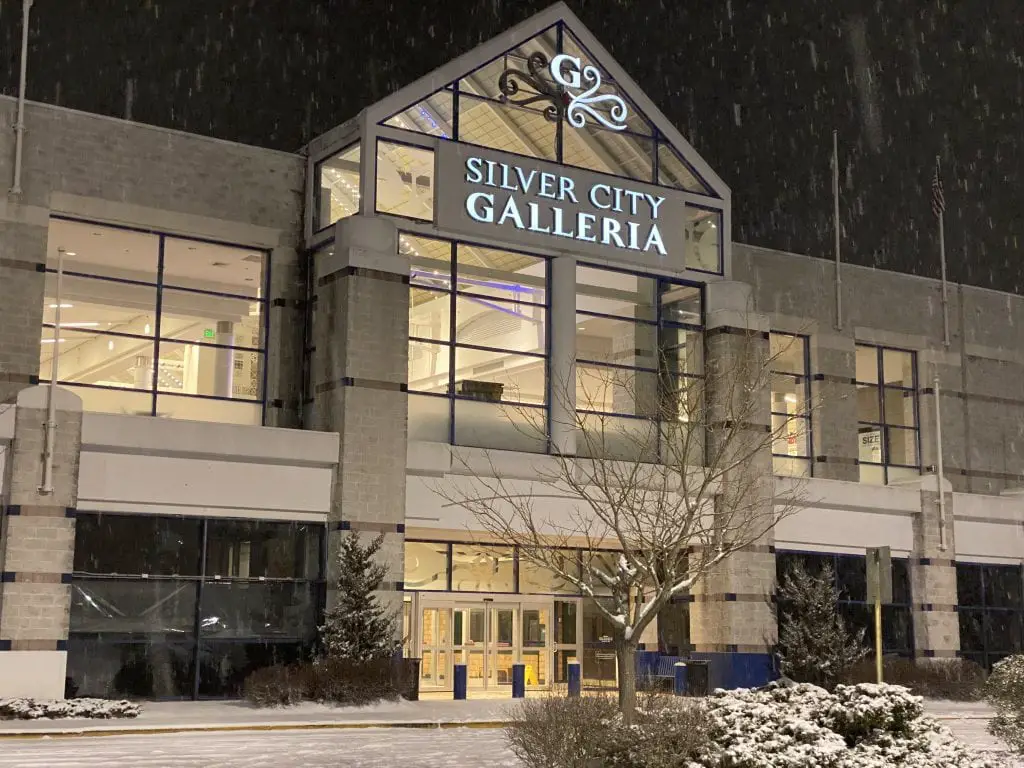
Ownership Turnover and Renovation Gambits (2003-2015)
The early 2000s didn't bring recovery. Occupancy dipped. Chains were pulled out, and replacement tenants lagged behind.
By 2008, the national downturn pushed the mall's weaknesses into full view.
Its location, once pitched as a strength, isolated it.
By March 2010, occupancy had dropped to 75 percent.
The mall's mortgage defaulted in November 2009. Midland Loan Services took ownership in 2011 after a failed sale.
In December of that year, Cushman & Wakefield took over management.
None of these moves changed the basic math. Silver City Galleria was too far from population density, and its big-box layout left little flexibility.
In 2013, a new thread appeared: the Mashpee Wampanoag Tribe folded the mall property into its Intergovernmental Agreement with the City of Taunton.
They planned to build a $1 billion casino called First Light Resort nearby.
But the tribe didn't own the Silver City Galleria, and no purchase had been arranged.
When city officials found out, they revised the agreement to require fresh negotiations.
The casino never reached construction.
New ownership took over in July 2013: the MGHerring Group, backed by Tricom Real Estate.
In 2014, they announced modest upgrades. Then came Round One. The entertainment chain took over the old Lechmere and Steve & Barry's footprint.
Regal Cinemas got new seating, a bar, and restaurant service.
Both were reopened by the end of 2015.
On January 8, 2015, JCPenney confirmed it would close its Silver City Galleria location.
The store shut in April. By that point, any growth felt local, reactive, and uncertain.
Shutdown Spiral and Asset Liquidation (2016-2021)
Retail losses kept stacking up. On January 4, 2017, Macy's announced its exit as part of a 68-store downsizing plan.
That location closed in April. By the time Best Buy followed in October of that same year, the east wing of the Galleria was already thinning out.
Sears announced its closure in August 2018, effective in November.
After that, only Dick's Sporting Goods remained as an anchor.
The mall changed hands again in May 2019. Branch Banking and Trust Company foreclosed on the property over unpaid mortgage debt.
At auction on May 17, it sold for $7.5 million to Thibeault Developments.
A month later, the new owners confirmed that the existing management team would remain in place during the transition.
Any momentum faded quickly. In February 2020, the mall issued lease termination notices to six tenants.
Its central entrance was closed off. Only businesses near the cinema and the back corridor stayed open.
On February 29, 2020, the Silver City Galleria closed its doors for good.
Regal Cinemas, which had been upgraded just five years earlier, went dark during nationwide theater closures that spring.
Round One announced its departure in December and closed in January 2021.
Dick's Sporting Goods pulled out that same month.
On January 21, 2021, demolition was officially scheduled.
Heavy equipment arrived weeks later. By May 9, the mall was gone.
What had once been 1.1 million square feet of commercial real estate was flattened to clear the site.
Only asphalt, fencing, and construction signage marked where it had stood.
Industrial Redevelopment and Logistics Conversion (2021-2025)
With the site cleared, Thibeault solicited buyers.
Portman Industrial, based in Atlanta, closed on the 146-acre parcel for $75 million on June 16, 2021.
The sale was direct. No joint venture, no mixed-use planning.
From the outset, Portman made its intentions clear: warehousing, distribution, logistics.
In March 2022, FedEx entered the picture.
Acting through its consultant, Kroll LLC, the company approached Taunton city officials about building a 560,000-square-foot distribution facility.
The Taunton Planning Board reviewed the proposal and granted unanimous approval in July 2022.
At that point, the Galleria property was slated for $165 million in commercial redevelopment. Then, the numbers shifted.
In January 2023, FedEx withdrew, citing higher construction costs and a new strategic approach following online retail slowdowns.
Portman responded by adjusting its plans.
The next year, Portman announced that it had secured $29 million in construction financing for Phase One of what would become the Silver City Business Park.
The plan was larger than FedEx's footprint: 1.1 million square feet total, with a first structure sized at 248,435 square feet.
Specs included 38 dock positions, 2 drive-in doors, 32-foot clear heights, and parking for over 270 vehicles.
ESFR fire suppression systems were part of the design. The first building is completed.
No retailers. The business park was structured for throughput, not browsing.
As of 2025, the project is underway at the former mall site, with plans progressing to convert it into a large-scale logistics facility connected to Boston's outer belt.
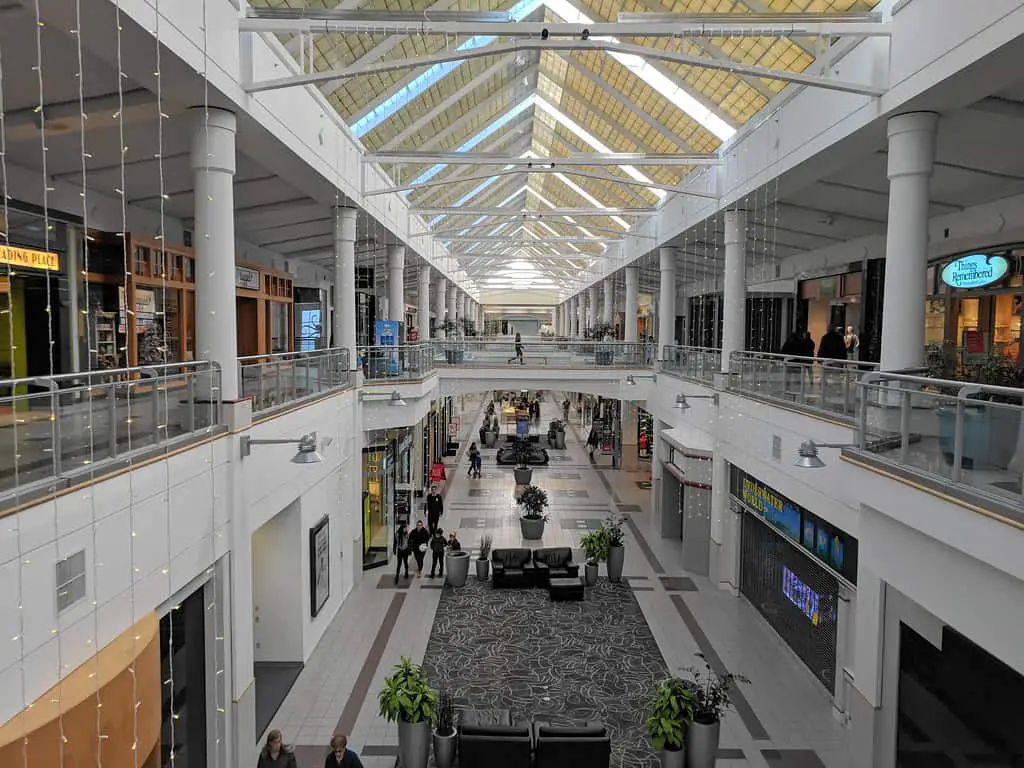
🍀

